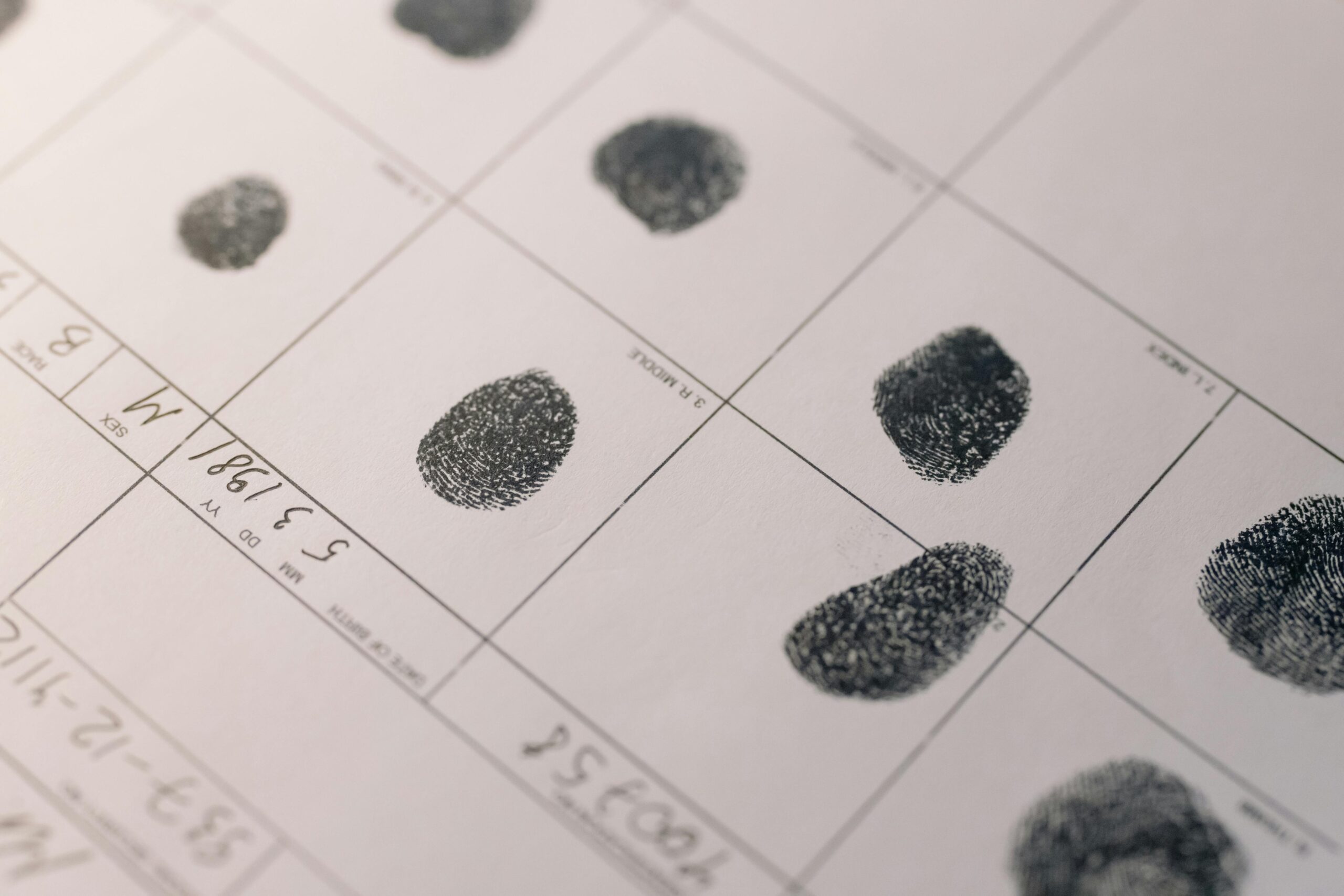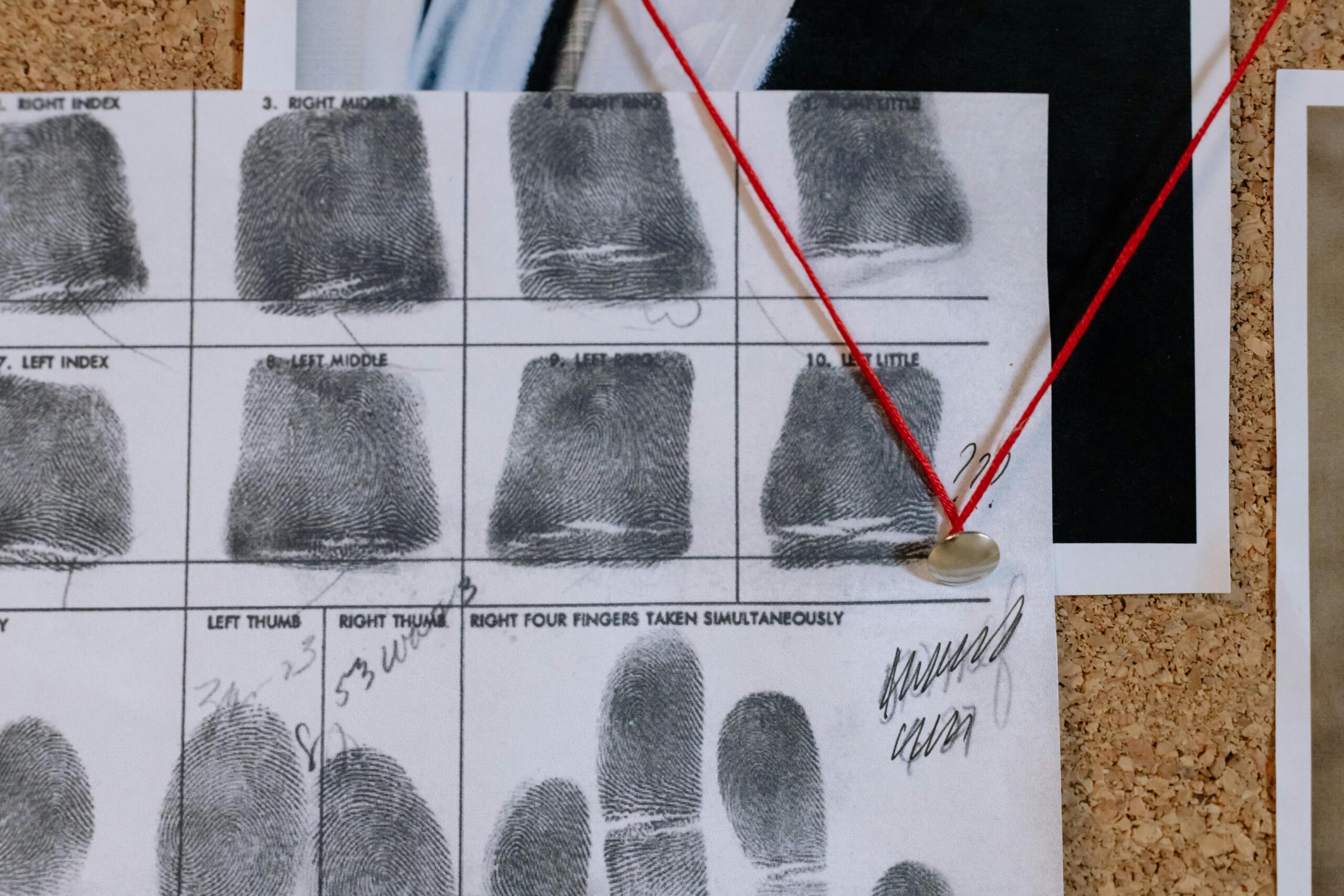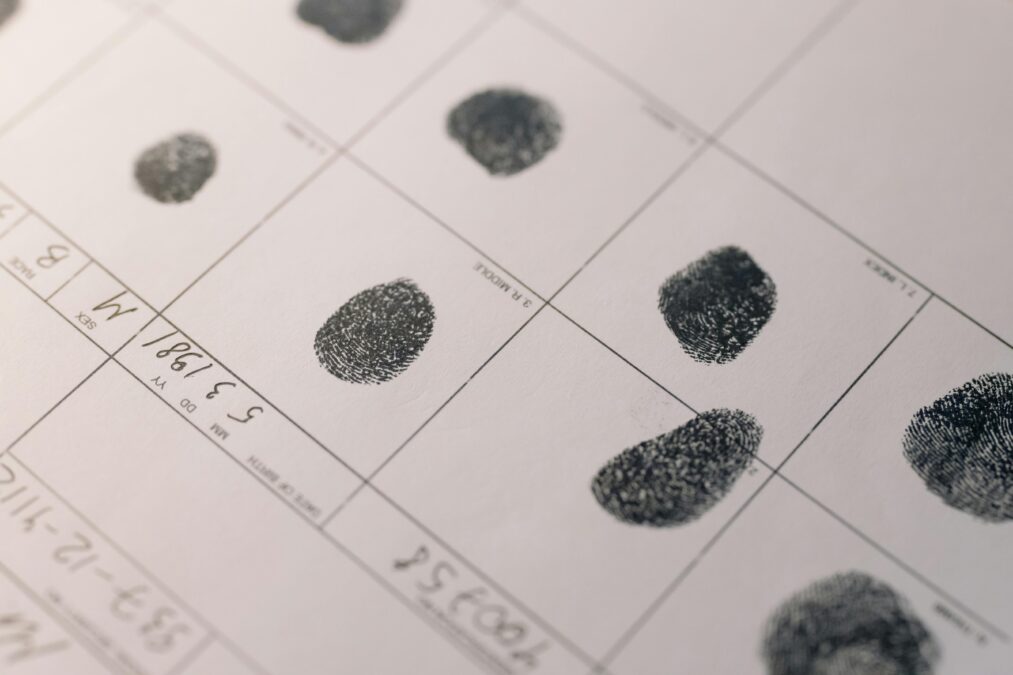Table of Contents
ToggleIn a world teeming with material, the aptitude to think critically, investigate data, and argue rationally is more indispensable than ever. Whether you’re a student struggling to write a compelling science report, a teacher guiding learners in constructing arguments, or a professional seeking to improve communication, Claim Evidence Reasoning (CER) is an influential and organized framework that can enhance your thoughtful and effective communication.
Claim, Evidence, Reasoning is a w riting strategy and systematic model used principally in science and technical writing, but it is valid across disciplines. It inspires people to formulate a clear estimate (claim), support it with factual data or quotations (evidence), and explain how the suggestion supports the claim (persuasive). This process ensures that replies or influences are logical, well-supported, and influential.
riting strategy and systematic model used principally in science and technical writing, but it is valid across disciplines. It inspires people to formulate a clear estimate (claim), support it with factual data or quotations (evidence), and explain how the suggestion supports the claim (persuasive). This process ensures that replies or influences are logical, well-supported, and influential.
Sympathetic: The Components of Claim Indication, Reasoning
Claim
The claim is a statement or assumption that answers a question or solves a problem. It must be precise, arguable, and rooted in the topic at hand. It’s fundamentally what you trust to be true based on your sympathy.
Example:
In a science teaching space, if a student is asked why a plant grows taller in sunshine than in shade, their claim might be:
“Groundcovers grow better in sunshine than in shade.”
Evidence
This is the mainstay of your claim. Sign includes scientific data, figures, textual quotes, diagrams, graphs, or experiential facts that support the claim. The Claim, Evidence, Reasoning more dependable and wide-ranging the indication, the stronger the disagreement.
Example:
Using the same plant experimentation, the student might present indications such as:
“The plant in sunshine grew 10 cm taller than the one in the shade over two weeks.”
Reasoning
Cognitive connects the claim and the suggestion. This is where you enlighten why the evidence matters and how it supports the claim.Claim, Evidence, Reasoning It includes logical thinking and often joins background knowledge or methodical principles.
Example:
“Sunlight provides the energy essential for photosynthesis, which is critical for vegetable growth. Therefore, the plant unprotected to more sunlight grew higher.”

Why is Claim Evidence Cognitive Important?
Claim Indication Reasoning offers several enlightening and real-world benefits:
Promotes Critical Discernment
Instead of just asserting opinions or facts, CER reassures persons to think deeply about how facts support suppositions.
Develops Designed Writing
Using this agenda allows students to establish their opinions clearly and logically, make their arguments more influential and coherent.
Cross-disciplinary Performance
Though most commonly used in science classrooms, CER is appropriate in English works, history dissertations, social sciences, and even professional surroundings like law and advertising.
Supports Evidence-based Learning
In an era of misinformation, the CER model nurtures a mindset of skepticism and inquiry, teaching students to demand and analyze evidence before concluding.
Implementing Claim Evidence Cognitive in the Classroom
Science Instruction
Claim Evidence, Intellectual fits seamlessly into the Next Generation Science Standards (NGSS). Science isn’t impartial about meaningful facts—it’s about making sense of the environment. CER allows students to analyze experiments, draw logical assumptions, and justify their thinking.
Activity Example:
After investigating chemical reactions, undergraduates write a CER amplification explaining why one substance caused a infection change.
Linguistic Arts
In fiction analysis, students can use CER to understand a character’s inspirations, theme development, or the writer’s intent.
Activity Specimen:
Claim: “Macbeth is ultimately a victim of his ambition.”
Evidence: “In Act 1, Scene 7, Macbeth says ‘Vaulting ambition, which o’erleaps itself.’”
Reasoning: “This quote shows that Macbeth is aware of his ambition, yet he still acts on it, leading to his downfall.”
Social Studies and Antiquity
CER helps students study historical events by drawing claims supported with textual or primary source evidence and intellectual grounded in context.
Bustle Example:
Claim: “The Treaty of Versailles underwrote to World War II.”
Evidence: “Germany faced harsh disadvantages and reparations.”
Reasoning: “The financial and political instability caused by the treaty nurtured resentment and the rise of revolutionary groups like the Nazis.”
Tips for Teaching and Using CER Successfully
Start Simple: Begin with basic interrogations and guide students to write CER comebacks step by step.
Use Graphic Managers: Visual tools can help learners structure their opinions.
Model Rejoinders: Show examples of strong and weak CERs and consider them with students.
Provide Sentence Mezes: For younger students or beginners, reminders like “I think… because…” or “This shows…” can be helpful.
Integrate Peer Review: Let students critique each other’s CERs to enhance sympathy.
Common Challenges in CER and How to Overcome Them
Weak or Vague Entitlements
Encourage students to be specific. A good claim should be strong, concise, and arguable.
Inadequate Evidence
Teach students to use multiple pieces of reliable data and to circumvent using opinions or expectations as evidence.
Poor Intellectual
Reasoning should connect the dots between the claim and the indication using judgment, not emotion. Practice this finished class deliberations and guided interrogation.
Claim, Evidence, Knowledgeable in Dedicated and Everyday Life
The CER agenda isn’t limited to academia. It’s a life skill.
In Business: A marketer might claim an operation worked, support it with data, and elucidate how the strategy led to adaptations.
In Law: Advocates use CER to argue cases—claims are made, backed with evidence, and tied together with logical cognition.
In Media Literateness: Assessing news articles or social media posts finished the lens of CER can help individuals discriminate fact from fiction.
Frequently Asked Questions (FAQs)
What is the main goal of Claim Indication Reasoning?
The main goal is to help personalities construct well-supported, logical influences or explanations using a controlled method.
Is CER only used in knowledge classes?
No. While it was invented in science education, CER is now widely used in English, antiquity, and even specialized writing.
How can teachers familiarize CER to younger students?
Teachers can use simplified language, rule starters, and relatable examples from ordinary life or simple stories.
What’s the difference between reasoning and evidence?
Evidence is the factual data or material that supports your claim. Reasoning is the explanation that links the indication to the claim using logic.
Can CER be used in speeches or discussions?
Absolutely! CER reinforces verbal arguments by ensuring that claims are reasonably structured and well-supported.
How can I advance my reasoning part in CER?
Practice identifying the “why” for overdue evidence. Think about what it demonstrates and how it directly supports your claim.
Conclusion:
In a time when sentiments often overshadow facts, grasping Claim Evidence Reasoning is more than an academic skill—it’s a requirement. Whether you’re persuading a judge, informing a reader, or exploring the outcomes of an experiment, the CER model safeguards that your arguments are clear, credible, and undoubted.
From classrooms to assembly rooms, claim evidence reasoning equips persons with the tools to think critically, argue logically, and write professionally. By implementing this organized approach, we nurture not just better novelists or students, but also more unselfish and analytical inhabitants.
Also Read More: Project-Based Learning: Empowering Students Through Real-World Engagement



